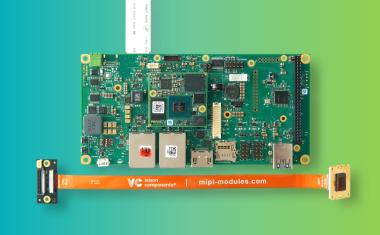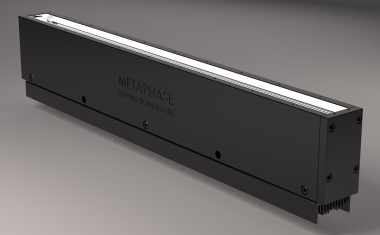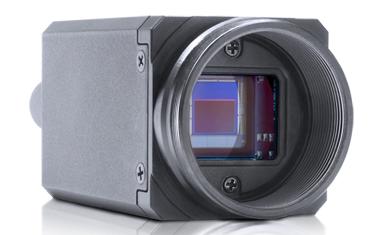Point Grey Adds 120 FPS VGA Models
The FL3-GE-03S1 features Sony's ICX618 CCD sensor with EXview global shutter architecture to maximize quantum efficiency and near IR response. The camera operates at 120 FPS in full 648 x 488 resolution and even faster in smaller regions of interest. The Flea3 measures just 29 x 29 x30 mm and with an aluminum casting enclosure weighs 38 grams without optics. This combination of speed, sensitivity, size, and low cost make these models ideal for machine vision applications and analog camera replacement. Like all Flea3 GigE cameras, the new models offers a host of features unique in their class, including an 8-pin opto-isolated GPIO for industrial triggering and strobe output; 1 MB non-volatile flash memory for user data storage; and on-camera frame buffer for retransmitting images. The Flea3 complies with version 1.2 of the GigE Vision specification, which allows the camera to work seamlessly with software from Cognex, Mathworks, Matrox, MVTec, and NI, as well as with Point Grey's own FlyCapture SDK.
"This new Flea3 offers an unbeatable combination of speed, small size, and price-performance on a GigE platform." explains Michael Gibbons, Director of Sales and Marketing. Mr. Gibbons adds, "Applications such as factory automation, electronics manufacturing, and food and packaging inspection would benefit from the cable length, high frame rates, and low cost of this camera."
The Flea3 FL3-GE-03S1C (color) and Flea3 FL3-GE-03S1M (monochrome) models are list priced at USD $495 and are available to order now from Point Grey and its network of distributors.










